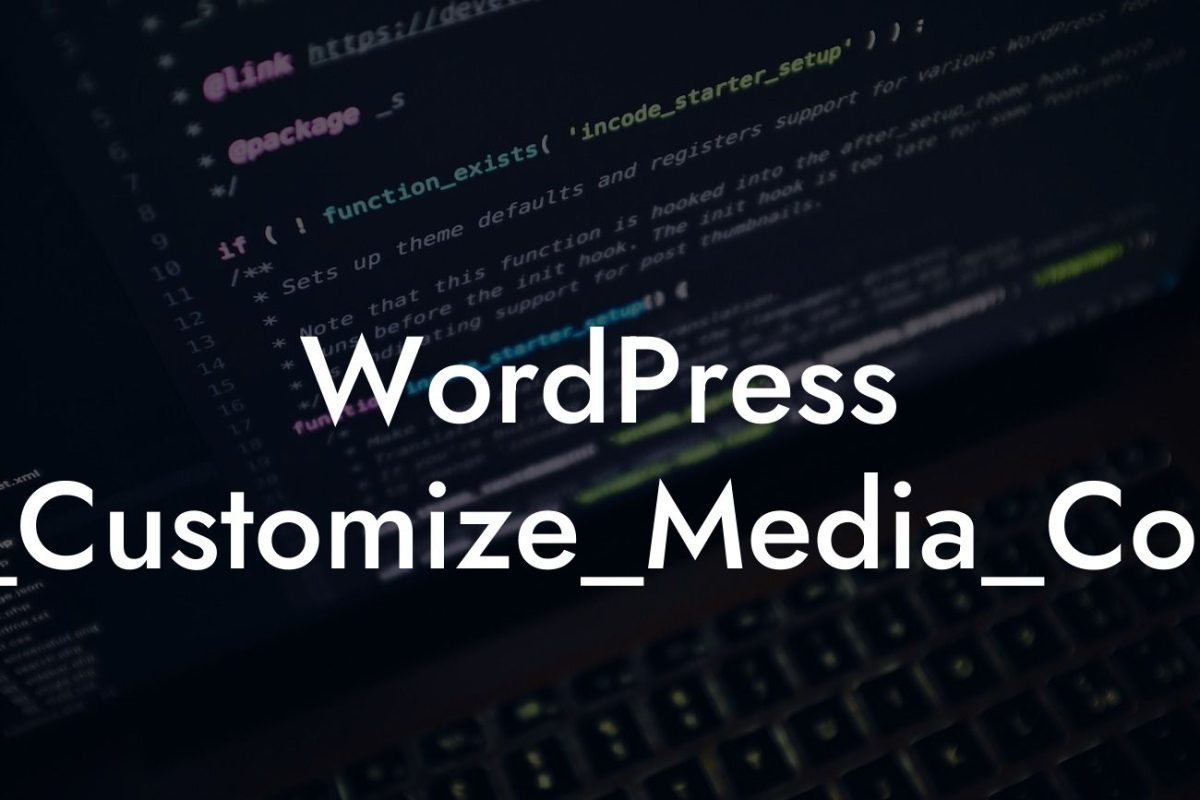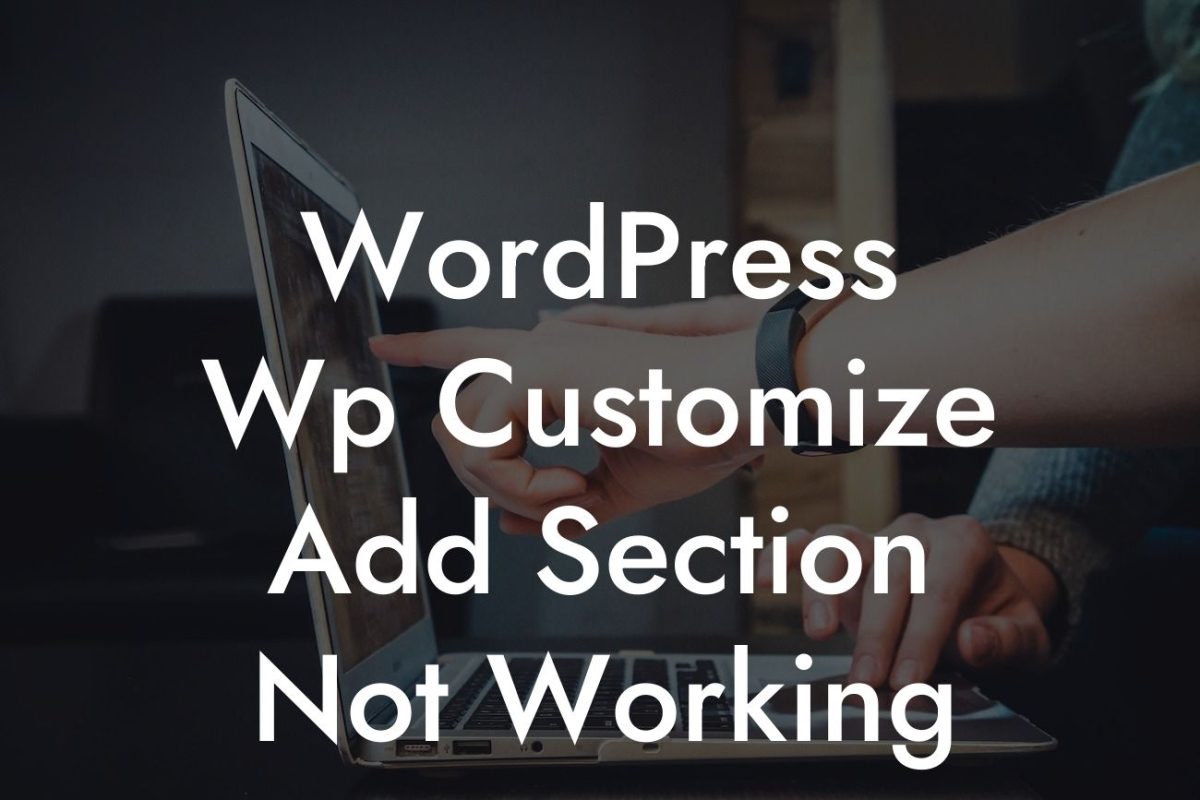Embedding links in WordPress is a crucial skill for any small business owner or entrepreneur. Whether you want to direct your readers to external sources, showcase your portfolio, or even promote your own products, knowing how to add links effectively can greatly enhance your website's functionality. In this comprehensive guide brought to you by DamnWoo, we'll take you through the process of embedding links in WordPress, making it easier for you to engage your audience and boost your online presence. Let's dive right in!
H2: Understanding Different Types of Links
H3: What are Internal Links?
Content: Internal links are hyperlinks that connect different pages or posts within your own website. They not only improve user experience but also play a significant role in SEO. To embed an internal link in WordPress, begin by highlighting the text or image you want to link. Next, click on the insert/edit link option in the toolbar and select the page or post you want to link to from the internal link suggestions. Customize the link text, add a title if necessary, and click on the 'Apply' button. Voila! Your internal link is now embedded in your WordPress content.
H3: What are External Links?
Looking For a Custom QuickBook Integration?
Content: External links, also known as outbound links, connect your website to other webpages or websites. They provide additional resources, references, or related information that can add value to your content. To add an external link, follow the same steps mentioned above for internal links. However, instead of selecting a page from your own website, paste the URL of the webpage you want to link to in the 'URL' field. Customize the link text, add a title, and click 'Apply.' Your external link is now embedded in your WordPress content.
How To Embed A Link In Wordpress Example:
Let's assume you run a fashion blog and want to link to a popular fashion magazine's website. To embed an external link, select the text that you want to hyperlink, click on the insert/edit link option, and paste the URL of the fashion magazine's website. Customize the link text, add a relevant title, and click 'Apply.' Now, when your readers click on the link, they will be redirected to the fashion magazine's website, enriching their experience with additional fashion resources.
Congratulations! You have successfully learned how to embed links in WordPress. By mastering this skill, you can take your website to the next level, offering valuable resources to your audience, optimizing your SEO, and driving more traffic to your website. Don't forget to explore other guides on DamnWoo for more tips and tricks to enhance your online presence. And if you want to supercharge your success, try our awesome WordPress plugins tailored exclusively for small businesses and entrepreneurs. Share this article with others who may find it helpful and empower them to embed links like a pro!













